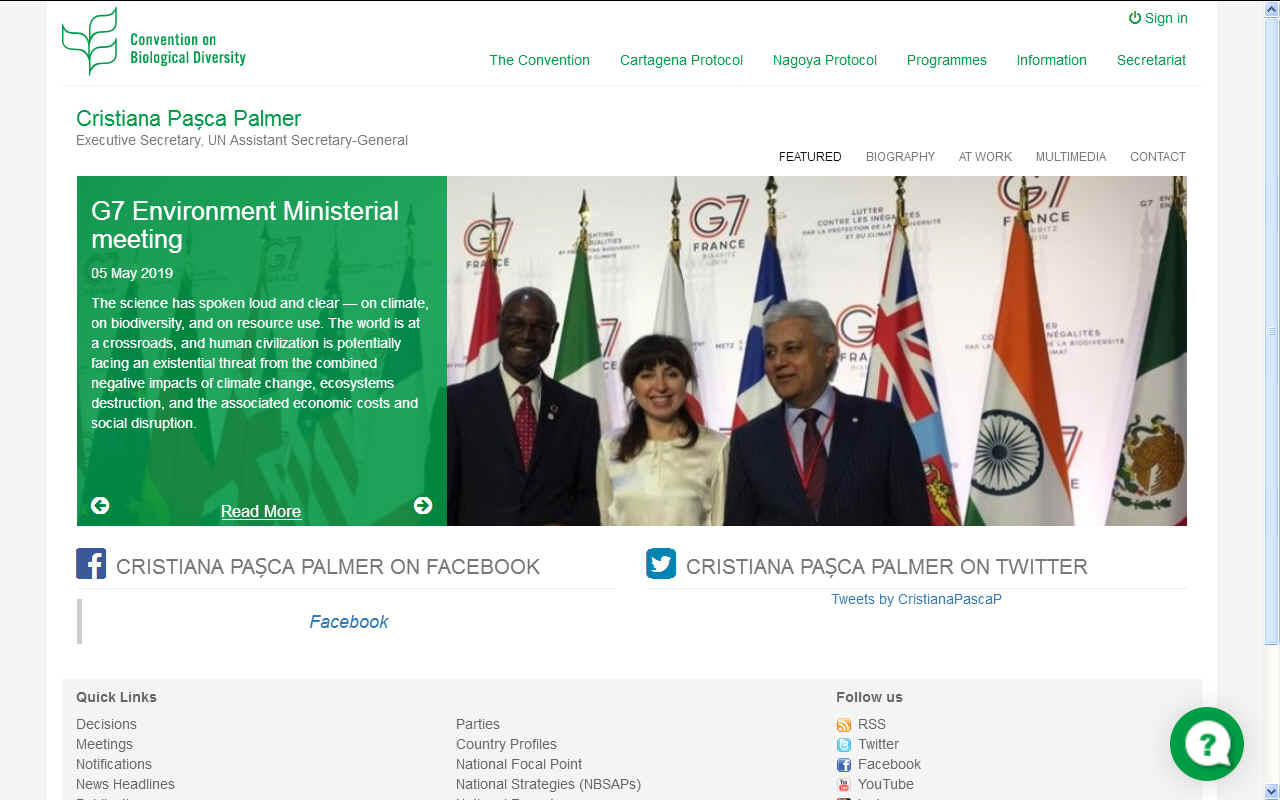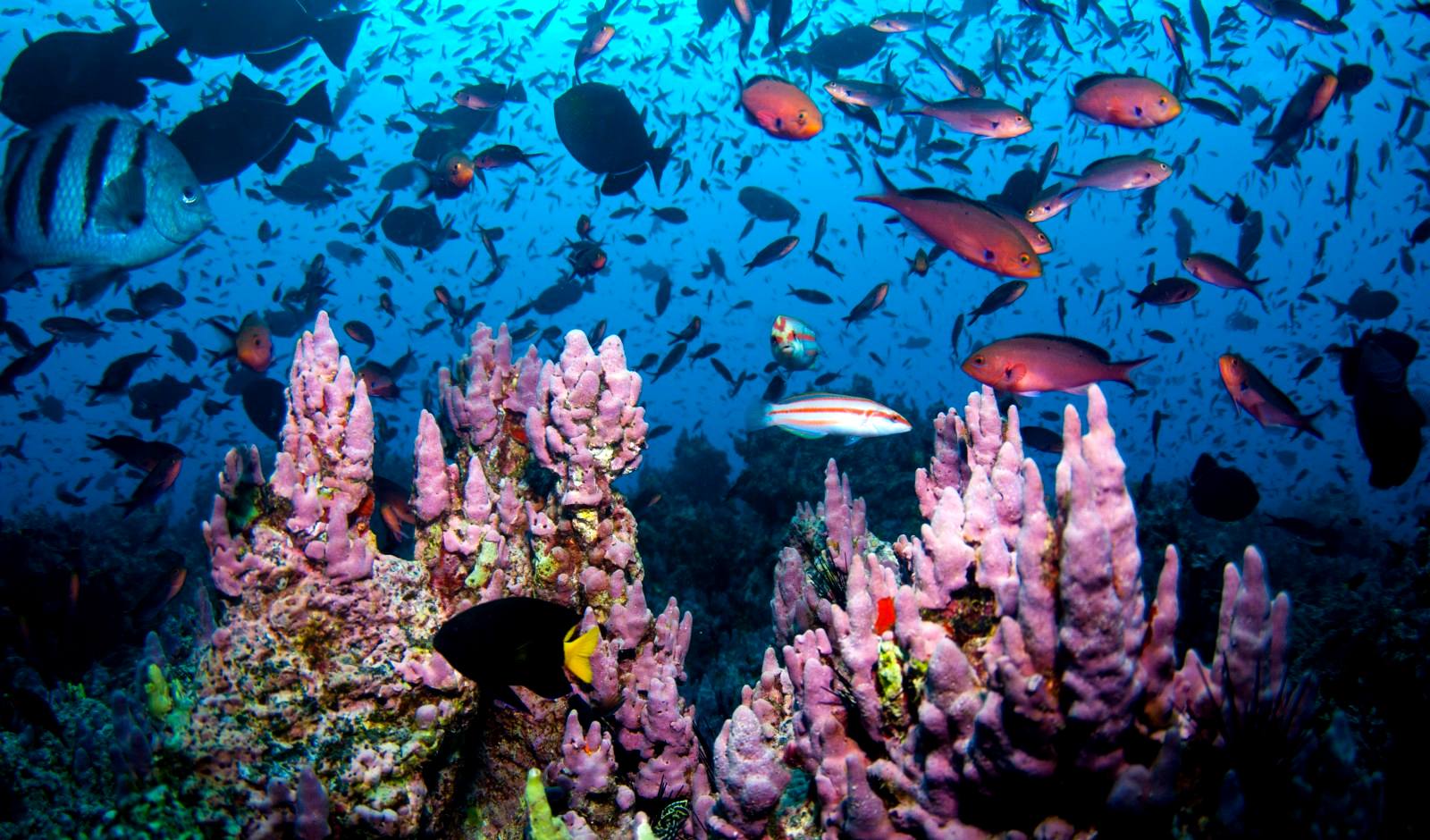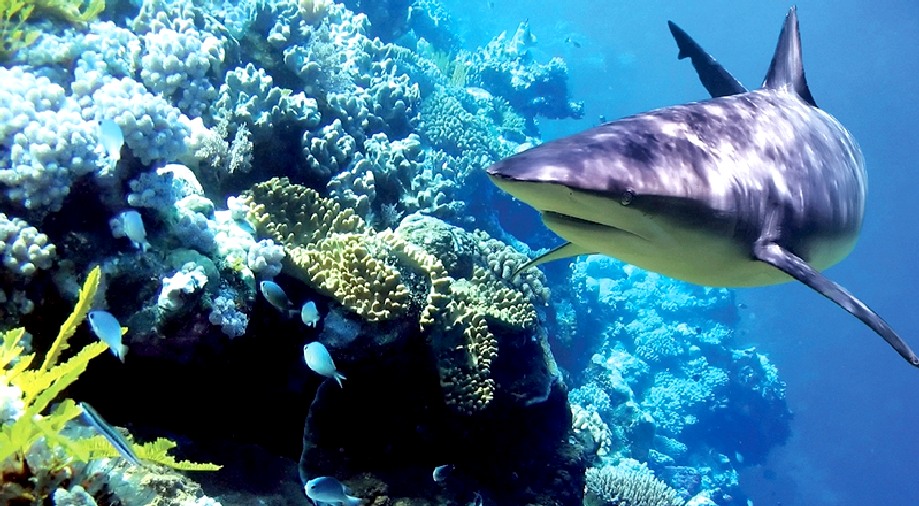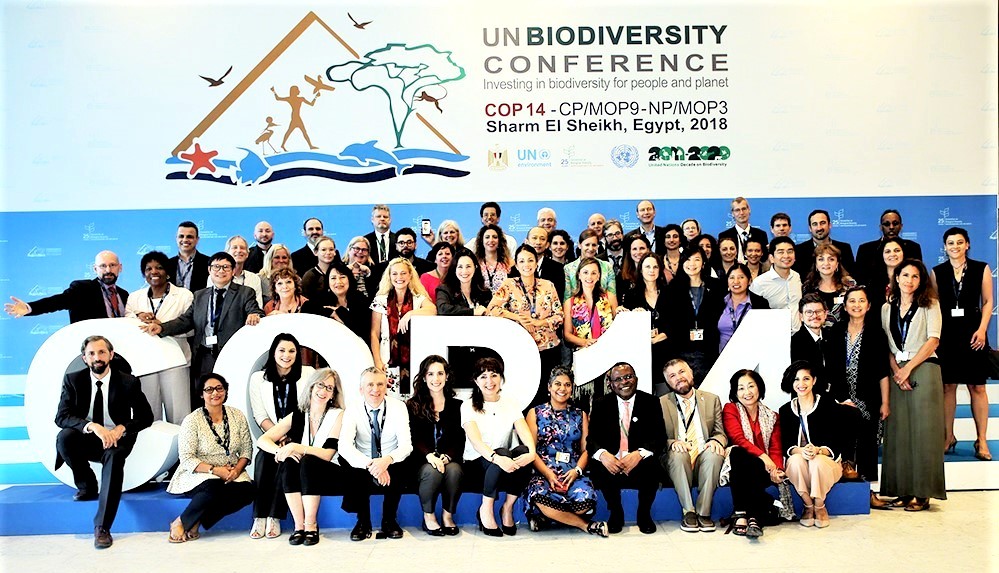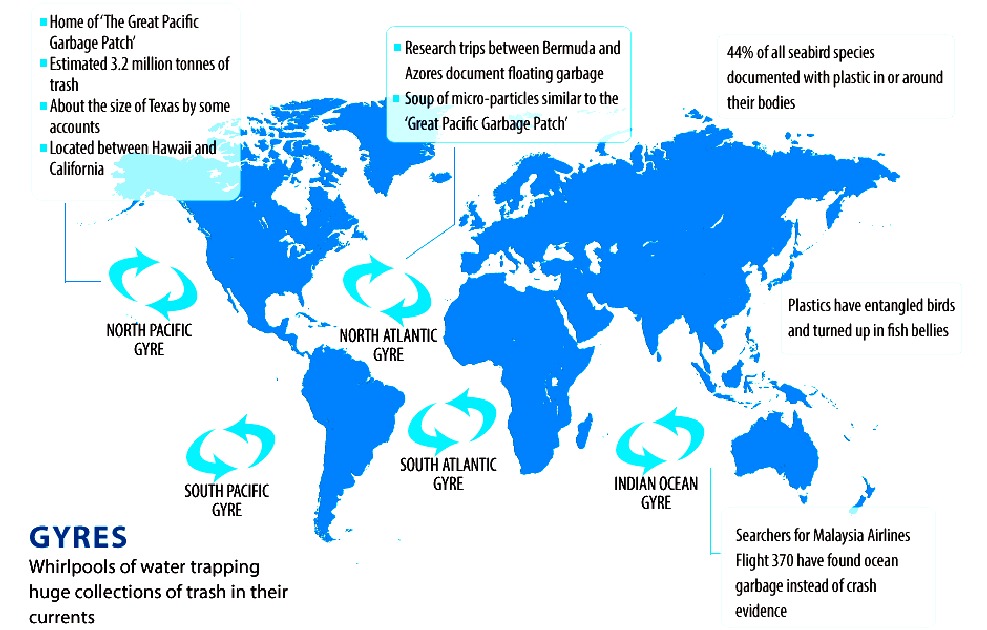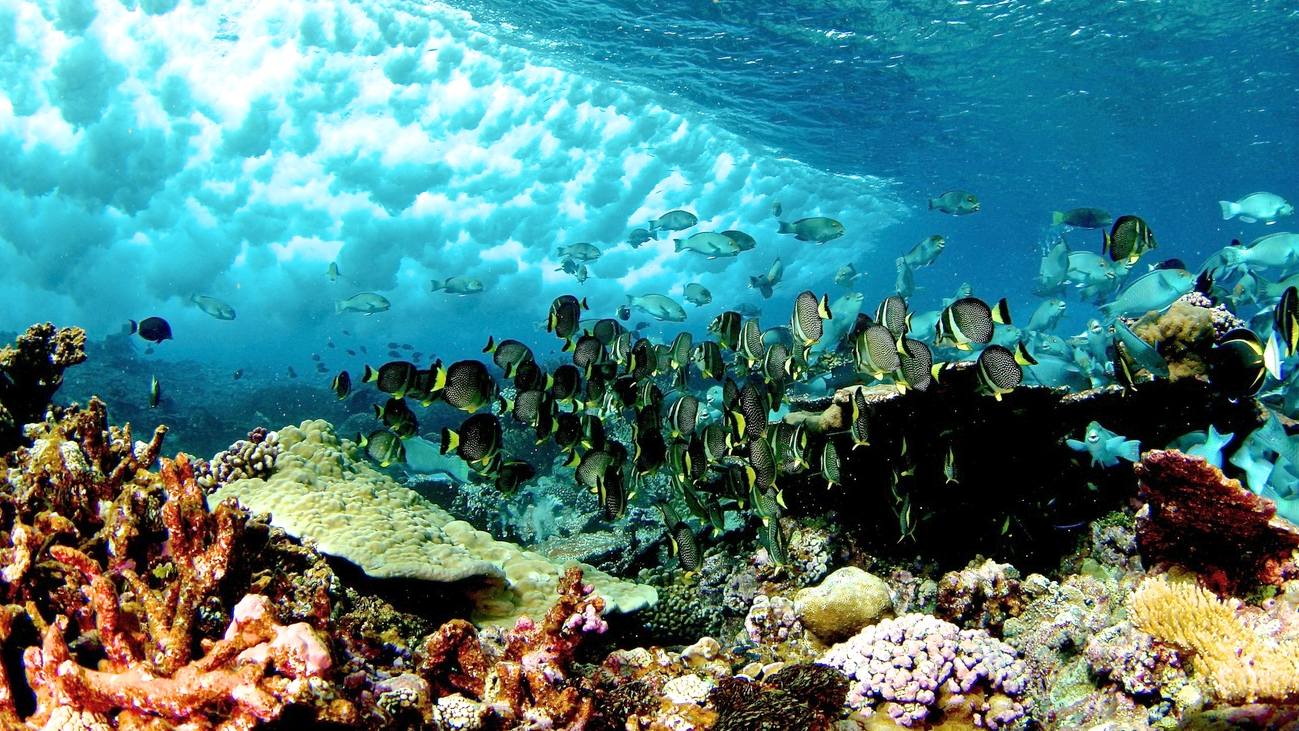|
COP15 BIOLOGICAL DIVERSITY 2020 PLEASE USE OUR A-Z INDEX TO NAVIGATE THIS SITE OR FILTER HOME
COP 15 the fifteenth ordinary meeting of the parties to the convention could have been held in October 2020 in Kunming, China. But was actually held in Montreal, Canada in December of 2022.
COP 15 will review the achievement and delivery of the CBD’s Strategic Plan for Biodiversity 2011-2020. It is also anticipated that the final decision on the post-2020 global biodiversity framework will be taken, together with decisions on related topics including
capacity building and resource mobilization.
The 15th meeting of the Conference of the Parties (COP 15) to the Convention on Biological Diversity (CBD), the tenth Meeting of the Parties to the Cartagena Protocol on Biosafety (Cartagena Protocol COP/MOP 10) and the fourth Meeting of the Parties to the Nagoya Protocol on Access and Benefit-sharing (Nagoya Protocol COP/MOP 4) are expected to address a series of issues related to implementation of the Convention and its Protocols.
We hope that these might include ocean pollution by plastics and climate change that is causing acid oceans.
UK STRATEGY 2020
Sadly, the UK had no strategy, other than to make it appear they did.
SUBSIDIARY BODY ON SCIENTIFIC TECHNICAL AND TECHNOLOGICAL ADVICE
The twenty-first meeting of the SBSTTA is likely to take place in Montreal, Canada, inl 2019.
PARTIES TO THE CONVENTION
As of 2016, the Convention on Biological Diversification had 196 parties, which includes 195 states and the European Union. All UN member states - with the exception of the United States - have ratified the treaty.
The United Nations is the link between other Conferences of the Parties to include Climate Change and Desertification. It is a bit confusing to have so many different conferences that deal with interconnected issues. In addition, each member state will have their own meetings on the subject to decide what their position will be at the COPs. We wonder then at the size of the carbon footprints so generated in relation to the effectiveness of the decisions - that at the moment do not appear to be working to stabilize our climate, stop deserts from being created, or protect the habitats of our species.
In our view a climate emergency should have been declared, to accelerate a change from fossil fuels to clean energy harvesting. Not only to protect coral and other endangered species, but also to ensure long term energy security for the parties.
CONFERENCES OF THE PARTIES
The convention's governing body is the Conference of the Parties (COP), consisting of all governments (and regional economic integration organizations) that have ratified the treaty. This ultimate authority reviews progress under the Convention, identifies new priorities, and sets work plans for members.
(a) review of progress in implementation; (b) strategic actions to enhance implementation; (c) strengthening means of implementation; and (d) operations of the convention and the Protocols.
National Reports
MARINE & COASTAL BIODIVERSITY
There is broad recognition that the seas face unprecedented human-induced threats from industries such as fishing and transportation, the effects of waste disposal, excess nutrients from agricultural runoff, and the introduction of exotic species.
If we fail to understand both the vulnerability and resilience of the living sea, the relatively brief history of the human species will face a tragic destiny.
What's the Problem?
CONTACTS
Secretariat of the Convention on Biological Diversity
BIODIVERSITY COP HISTORY
CLIMATE CHANGE UN COP HISTORY
DESERTIFICATION COP HISTORY
CONSERVATION RISK - Plastic has accumulated in five ocean hot spots called gyres, see here in this world map derived from information published by 5 Gyres. The plastic is laden with toxins that fish and marine mammals mistake for food and eat - eventually killing them. Marine pollution is thus a major challenge if we are to ensure that species are not wiped out.
LINKS & REFERENCE
https://www.gov.uk/government/publications/biodiversity-2020-a-strategy-for-england-s-wildlife-and-ecosystem-services https://www.saveourspecies.org/news/cbd-cop-11-underway-hyderabad-aichi-biodiversity-targets-2020-gets-center-stage https://www.cbd.int/meetings/SBSTTA-01 https://worldoceanreview.com/en/wor-1/marine-ecosystem/biodiversity/ https://www.cbd.int/executive-secretary/ https://www.cbd.int/marine/
This website is provided on a free basis as a public information service. copyright © Cleaner Oceans Foundation Ltd (COFL) (Company No: 4674774) 2019. Solar Studios, BN271RF, United Kingdom. COFL is a company without share capital.
|
